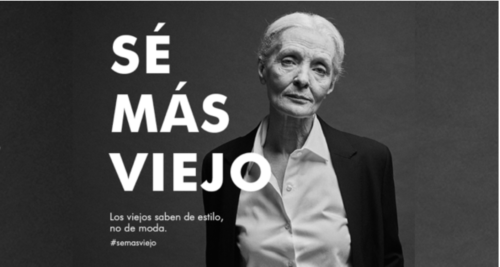We’re all bound to get it, you say.
Eight out of ten people will fall ill.
But even then, you say, we’ll be fine.
The numbers show
Eighty percent of cases are mild,
Plus, of our age, less than half a percent perish.
We will be fine.
How cavalier, I say,
for you to speak for just one body.
Your one singular body.
Because for many of us,
who live with the elderly,
and who attend to the vulnerable,
our bodies are not just our singular bodies.
For many of us,
our bodies are entwined
by a breath, by a cough
to other bodies.
So, the numbers you tout do not apply to this body.
This body is as old as the oldest in my care:
eighty one.
It is as pounded as the most vulnerable:
three bouts with cancer.
There is, therefore,
zero percent margin of error,
and one hundred percent terror.
These are my numbers.
But even then, I fervently pray,
that you are right.
That we will be fine.

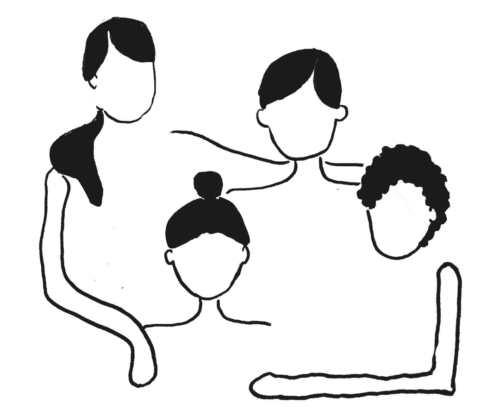
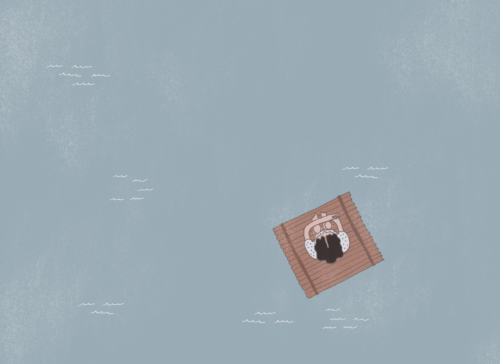
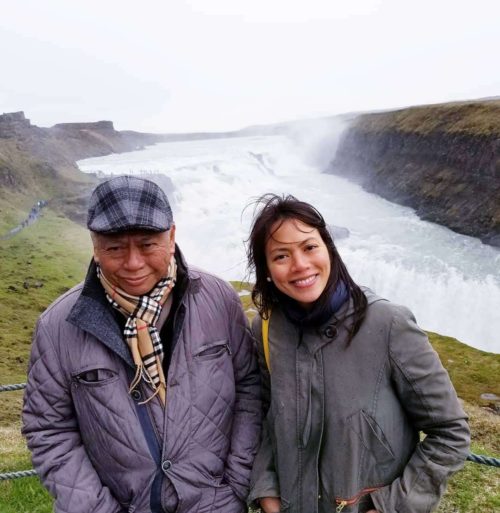
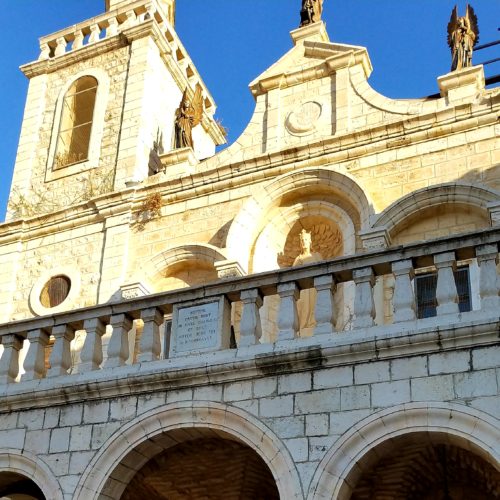

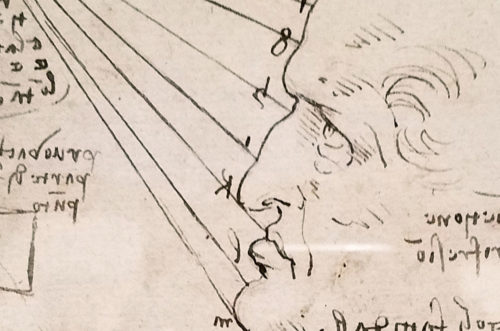
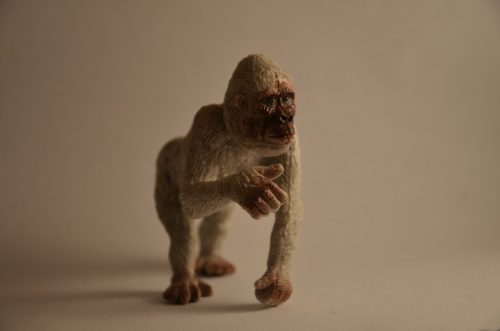
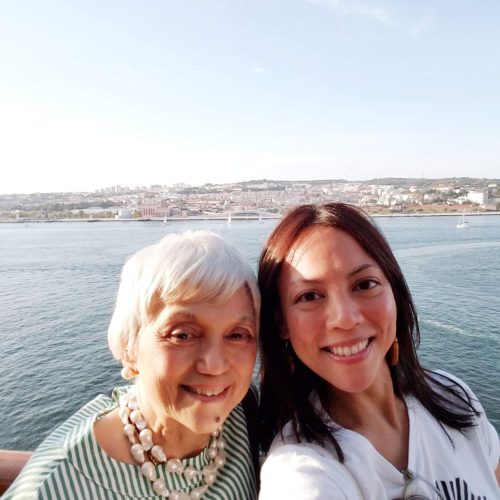

 , listened to stories from his former roommate, and heard them reflect on their careers and lives. From a school that churns out the biggest captains of industry and government, these were some of their insights:
, listened to stories from his former roommate, and heard them reflect on their careers and lives. From a school that churns out the biggest captains of industry and government, these were some of their insights: